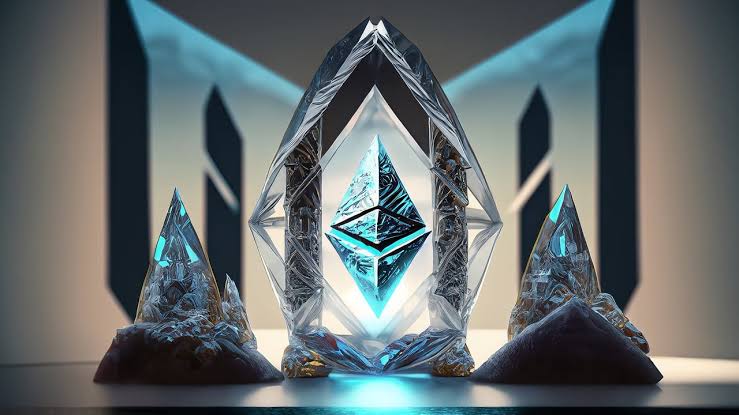In a research report released on Wednesday, Fidelity Digital Assets stated that the Ethereum blockchain’s Dencun upgrade, slated for March 13, is the first step toward enabling its rollup-centric roadmap and will enable the network to function as a proper database for layer-2 blockchains to store data more effectively and affordably.
Analyst Max Wadington stated that “Ethereum’s improvement as a database unveils the opportunity for near-zero transaction fees for users of layer 2’s,” which may draw in additional users.
The update will make it a more “fitting distributed database for other blockchains,” according to the article, by supplying the scalability required to accommodate millions of users on layer-2 blockchains. The enhancements should increase the total addressable market of the network and attract a significant number of new users to the Ethereum ecosystem.
Layer 2 blockchains will pay less to store data on the main blockchain as a result of the change, and consumers will most likely pay less for this storage.
Ethereum protocols known as rollups handle transactions off-main network in an effort to reduce latency and boost speed. Built on top of layer 1s, or the basic layer, layer 2s are distinct blockchains that alleviate data and scale bottlenecks.
However, the statement stated that people transacting on the basic Ethereum blockchain will not be impacted by the cost reductions promised to layer 2 users, therefore the upgrade will not directly benefit many Ethereum users.
“In the short term, users who wish to benefit from this fee change must sacrifice some decentralization and security by transacting on layer 2’s instead of Ethereum,” Wadington wrote. “This will certainly spur more users to bridge assets elsewhere.”
“However, we strongly believe that transacting on Ethereum for application-specific purposes will still be considered the best option in the medium term as layer-2 platforms continue to mature,” the report added.


